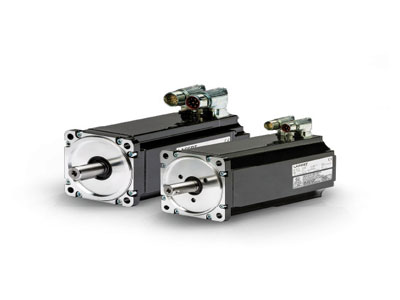Key Takeaway
In IoT applications, servo motors provide precise control over position, speed, and acceleration. Unlike regular motors, servo motors can rotate to a specific angle and hold that position, making them perfect for tasks requiring exact movements.
Servo motors are widely used in smart home systems for controlling window blinds, security cameras, and robotic arms. In industrial IoT, they handle manufacturing and assembly tasks with high accuracy. Their precision and reliability make servo motors essential for enhancing automation in various IoT applications.
Advantages of Servo Motors in IoT Projects
One of the key advantages of servo motors in IoT projects is their ability to deliver high-precision control over movement. This is crucial for applications such as robotic arms, automated door systems, and even smart agriculture, where minute adjustments can lead to more efficient operations. Servo motors respond quickly to commands from IoT controllers, ensuring that every movement is smooth and accurate.
Additionally, servo motors offer reliability, which is a critical factor in IoT systems that run continuously. Since IoT networks often require constant monitoring and adjustments, having a motor that can perform reliably over long periods without breakdowns is an advantage.

How Servo Motors Enhance Automation in IoT
Servo motors are integral to the automation capabilities of IoT systems. In an automated system, sensors collect data and trigger actions, while servo motors execute these actions with precision. For instance, in a smart irrigation system, soil moisture sensors can signal a servo motor to open or close water valves based on real-time data. This level of automation reduces the need for human intervention and optimizes resource use.
In manufacturing and logistics, servo motors enhance IoT automation by controlling conveyor belts, robotic arms, and sorting machines. With the ability to move objects with exact precision, they streamline processes, increase productivity, and reduce errors. Hook: Imagine a world where machines work seamlessly based on data inputs—servo motors are making that vision a reality by bringing automation to life in IoT systems.
Power Efficiency of Servo Motors in IoT Networks
Power efficiency is a critical consideration in IoT networks, especially when devices need to operate continuously or in remote locations. Servo motors are known for their ability to deliver high performance while consuming minimal energy. This makes them ideal for battery-powered IoT devices or systems where energy consumption must be carefully managed.
In many IoT projects, servo motors operate intermittently, only using power when needed to perform a task. This contributes to the overall energy efficiency of the system, extending the life of the device or reducing operational costs. Hook: Efficient power usage is key in IoT, and servo motors deliver both power savings and performance, making them an indispensable part of the ecosystem.
Application Areas of Servo Motors in IoT
Servo motors are used across a wide range of IoT applications. In smart homes, they control automated systems such as blinds, thermostats, and security cameras. Their precision allows these devices to function seamlessly, providing convenience and energy efficiency to homeowners.
In industrial IoT, servo motors are essential for automation processes, including assembly lines, robotic welders, and CNC machines. They ensure precise movement and control, leading to better production quality and reduced downtime. Hook: Whether in the home or factory, the application of servo motors in IoT is vast, covering everything from convenience in daily life to large-scale industrial processes.
Choosing the Right Servo Motor for IoT Solutions
Selecting the right servo motor for an IoT project depends on several factors, including the specific application, power requirements, and desired precision. Different types of servo motors offer varying levels of control, torque, and speed. For example, a high-torque servo motor may be needed for industrial machinery, while a micro-servo motor could be ideal for small, battery-operated IoT devices like smart door locks.
Engineers must also consider the motor’s compatibility with IoT controllers and sensors. Integration is key for smooth operation, and the right motor can significantly enhance the performance of the entire system. Hook: Choosing the right servo motor is about more than just size and power—it’s about creating synergy between the motor and the IoT network for seamless, efficient operation.
Conclusion
Servo motors play a pivotal role in driving innovation within the IoT space. Their ability to provide precise, reliable movement while maintaining power efficiency makes them a crucial component in countless applications. From smart homes to industrial automation, servo motors help bring IoT systems to life by enabling real-time, data-driven actions that improve efficiency and performance.
For engineers stepping into the world of IoT, mastering the use of servo motors is an essential step toward creating smart, automated systems that shape the future. As IoT continues to grow, the importance of servo motors in enabling this technology will only increase, making them a foundational element of tomorrow’s connected world.
